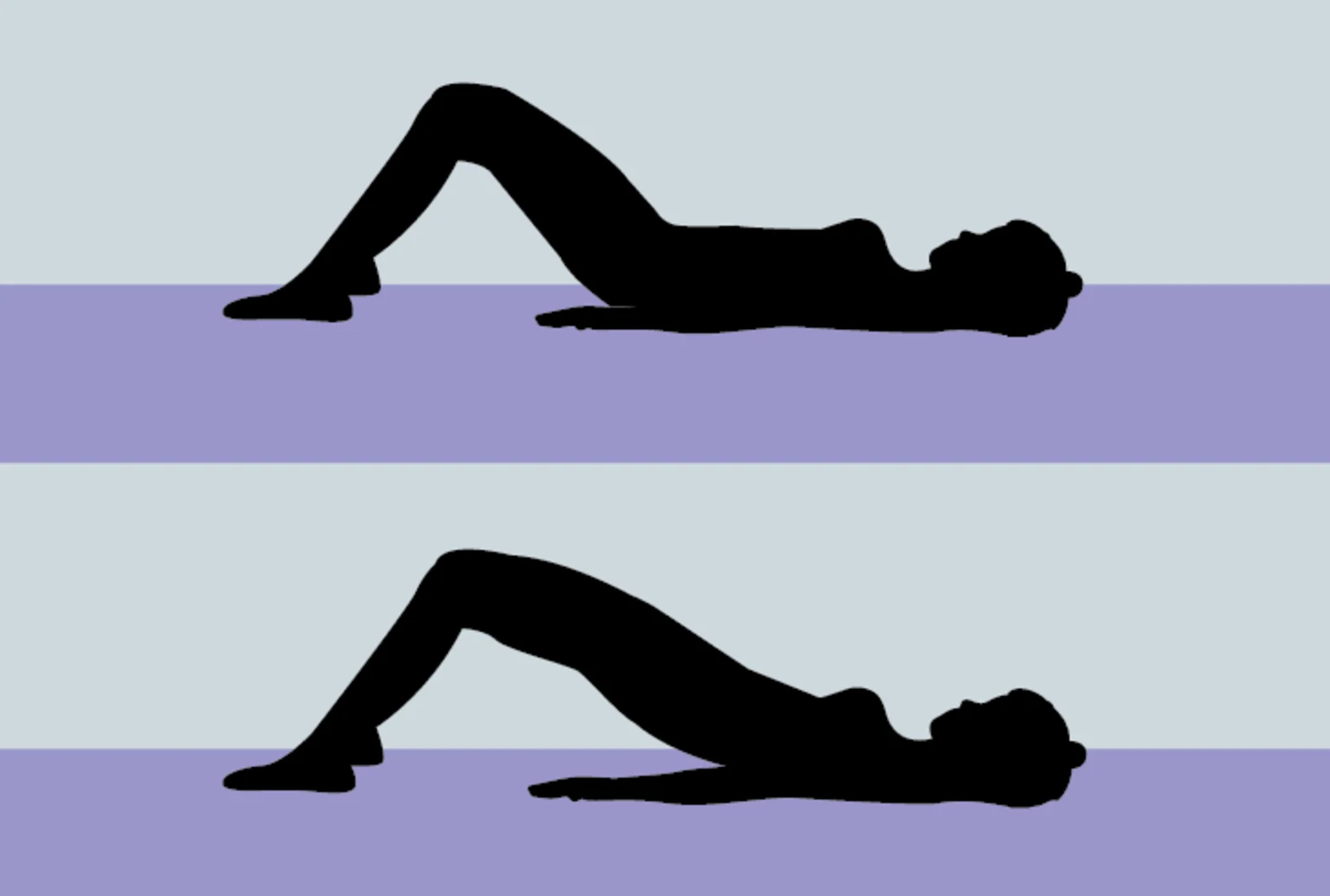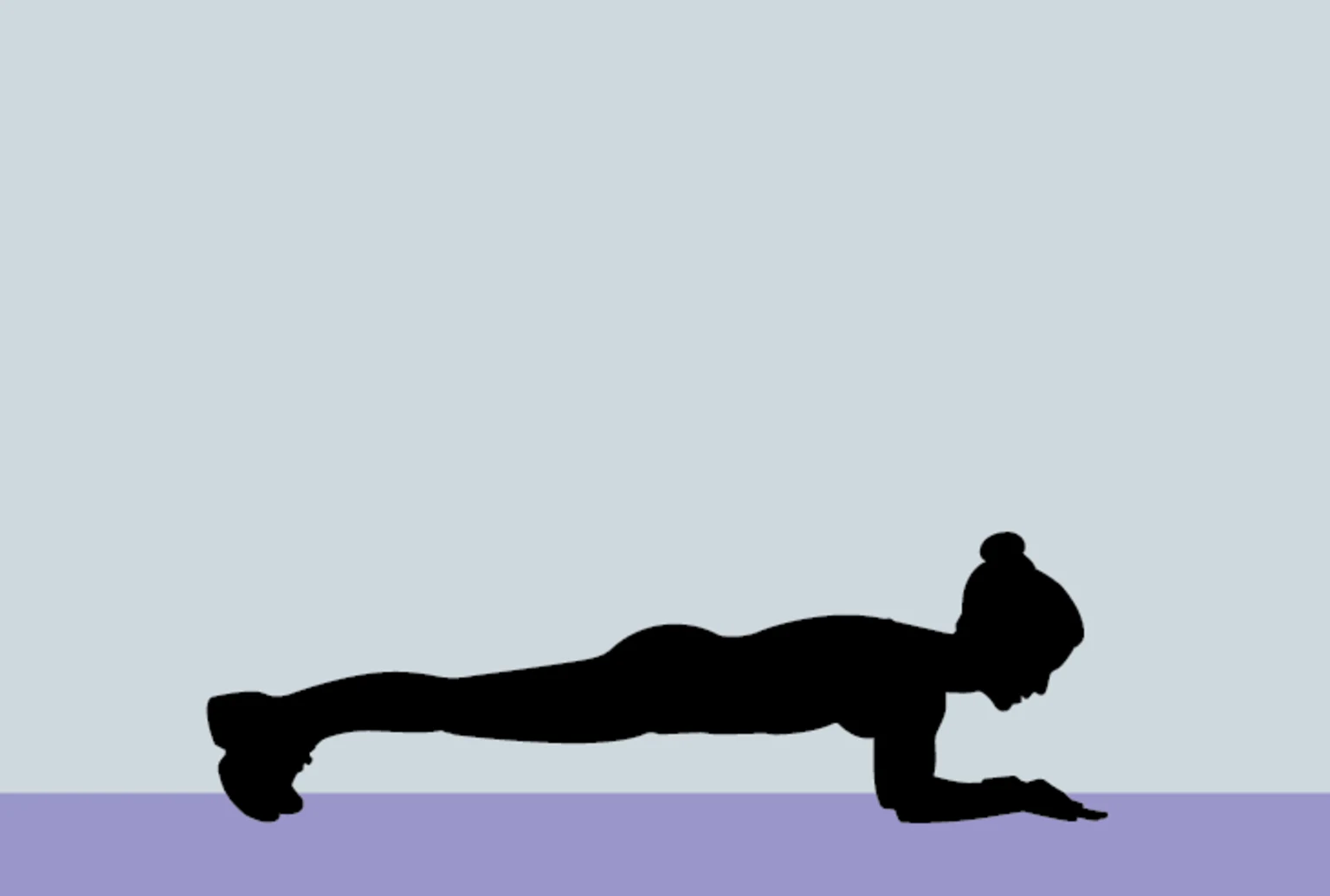
California bans ultra-processed foods in school meals
High in calories and low in nutritional value, examples of ultra-processed foods include chips and other packaged snack foods, sugar cereals and packaged soups.
Hip pain can interfere with exercise and daily living, but it can sometimes be difficult to pin down the cause of pain. The most common causes of hip pain include arthritis, bursitis, pinched nerve conditions such as sciatica, and injury.
Hip pain can also occur if the muscles that support the body's core, including abdominals and obliques, are not well-developed. When the body's core is weak, the low back and pelvis are not well-supported, which can cause pinching inside the joint; excess wear and tear on the larger hip and buttock muscles; and poor spine alignment.
"A person's core muscles are connected to the hip flexors," explains Dr. Harbinder Chadha, an orthopedic surgeon affiliated with Sharp Chula Vista Medical Center. "Any time they perform exercises that activate the abs, the hip flexors are activated as well. When hip pain occurs during core exercises, it could signify a variety of things, including poor hip or quad muscle mobility and weak core muscles."
"Hip pain caused by working out can also be caused by improper form or overuse of a specific muscle," explains Dr. Chadha. "This is why stretching, wearing appropriate shoes for running, and following proper form for exercises that involve weights is paramount."
Three simple exercises to boost core strength
These three simple exercises can help strengthen the core muscles that support hip and spine alignment. If you have hip or back pain, talk with your doctor before beginning an exercise program.
Hip bridges
Strengthen rectus abdominis muscle, glutes and hamstrings

Lie on your back with your weight on your upper back — between the shoulder blades and your feet — and your spine and hips in alignment. Keep your arms at your sides or cross them over your chest. Lower your butt almost to the ground and thrust upward by activating your glutes and driving your heels into the ground. Repeat 20 to 30 times.
Squats
Strengthen glutes, hamstrings and hip flexors

Stand with feet hip-width apart and toes facing forward; use a chair if you are concerned about losing your balance. Slowly bend your knees and squat as low as you can comfortably, keeping your knees over your toes and bending at the hip. Keep your shoulders back and don't bend your back. Slowly return to standing position. Repeat 10 to 20 times.
Planks
Engage all core muscle groups, including abdominals, obliques and glutes

Start in a kneeling position with your forearms shoulder-width apart in front of you and elbows under your shoulders. Keep your neck in a neutral position by keeping your ears in line with your shoulders. Extend one leg and then the other into the plank position, maintaining a 90-degree angle at the ankles and your hips in line with shoulders and heels.
Squeeze your buttocks and engage your abdominals, careful not to lock your knees. Start with a 10-second hold and increase as you are able. Repeat two to three times as you build your hold time. If you experience hip or back pain, stop and consult with your doctor.
Yoga and Pilates are also helpful in strengthening the muscle groups that support the hips and spine.
If hip pain persists over a long period; sudden, severe pain with numbness occurs; or the pain follows a violent injury, contact your doctor.

Our weekly email brings you the latest health tips, recipes and stories.